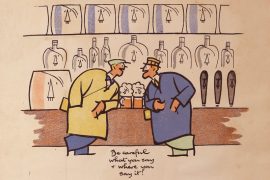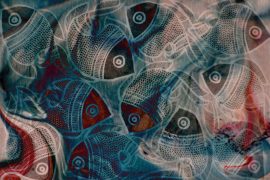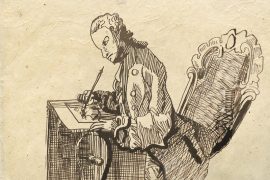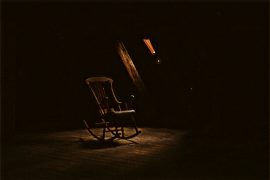What’s the connection between Harry Potter, Goa and the legal doctrine known as Caveat Emptor or ‘let the buyer be aware’? The answer lies in two words: Bezoar Stone.
In JK Rowling’s last book, Harry Potter and the Half-Blood Prince, Harry saves his friend Ron’s life by giving him a Bezoar. Interestingly, the Bezoar is not a ‘stone’ that is entirely JK Rowling’s fictitious creation; it’s mentioned in medieval Arabic and Jewish texts – Al Biruni’s eleventh century text Book of Stones, Moses Maimonides’s twelfth-century Treatise on Poison And Antidotes, and Ahmad Bin Yusuf Al Tifaschi’s thirteenth-century text Best Thoughts On The Best Of Stones.
A mass found in an animal’s stomach, the Bezoar has, over the years, acquired mythic status, especially for its perceived magical properties. The legend of the Bezoar is fascinating, a concoction of fable and fantasy. It tells the tale of how a ‘stone,’ with its origins in Asia, found its way to the European markets and led to the creation of an important legal doctrine.
In 1563, Garcia da Orta, a Sephardic Jew from Elvas, published the Colóquios dos Simples e Drogas da India (Colloquies on the Simples and Drugs of India). Written in Portuguese, it’s the third book to be published in India. In it, Garcia claims to know about natural medicines, skills acquired from his extensive travels in India. Subsequently, he goes on to gives details of how the ‘natives’ of Goa use the Bezoar. Explaining how to identify authentic Bezoars based on their shape and colour, he goes on to write that it can be used to counters all kinds of poisons.
-30-
Copyright©Madras Courier, All Rights Reserved. You may share using our article tools. Please don't cut articles from madrascourier.com and redistribute by email, post to the web, mobile phone or social media.Please send in your feed back and comments to [email protected]











